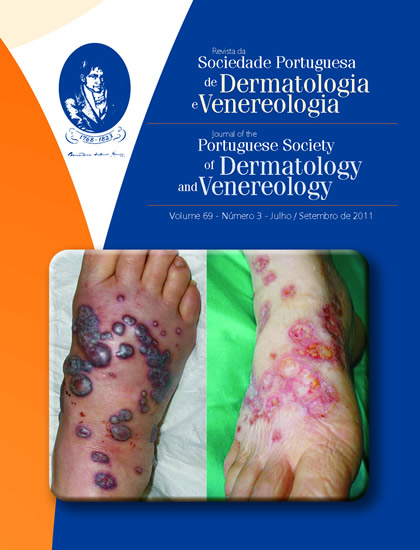UNCOMMON CAUSES OF LEG ULCERS AND THEIR MANAGEMENT
Abstract
Chronic wounds of the lower limbs are a major public healthcare problem affecting 1% of the adult po- pulation and 3-5% of people older than 65 years. In the last years this numbers are rising in the western population as a result of increased life expectancy and increased risk factors for atherosclerotic occlusion such as smoking, obesity and diabetes mellitus. This is very debilitating condition, which reduces significantly the quality of life, causing social discomfort and generating considerable costs not only to the patient but also to the society.
Treating chronic leg ulcers is always a challenge. Over the last years, the treatment of this condition has progressed due to the frequent ineffectiveness of the methods used, awareness of the psychological and social impact and the recognition of the risks of malignancy of these wounds, starting to be considered the etiology as an essential factor for directed and more effective wound care. Although 90% of ulcers are of vascular origin, the list of other possible causes responsible for the other 10% is extremely long. In this survey the authors focus on the differential diagnosis of chronic leg ulcers and the impact of a directed treatment in the prognosis of this condition.
KEYWORDS – Leg Ulcer; Wounds and Injuries; Etiology; Diagnosis, Differential.
Downloads
All articles in this journal are Open Access under the Creative Commons Attribution-NonCommercial 4.0 International License (CC BY-NC 4.0).








